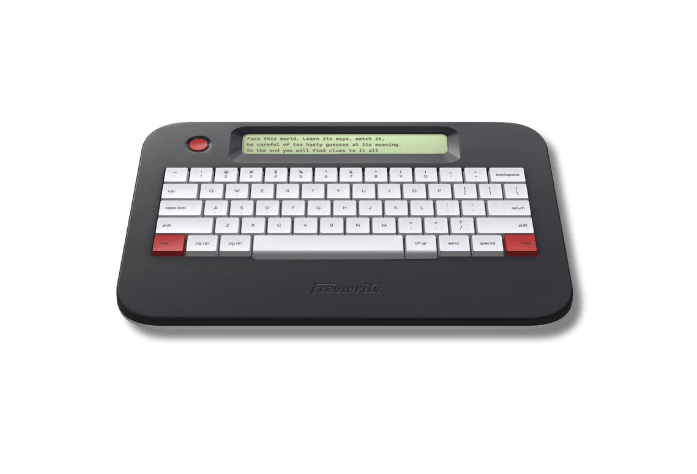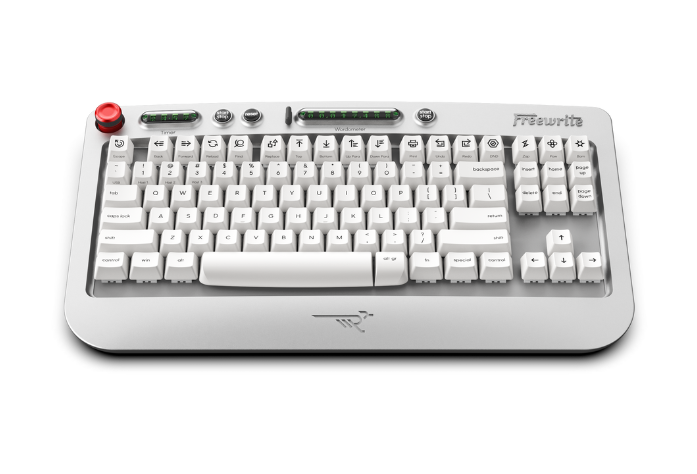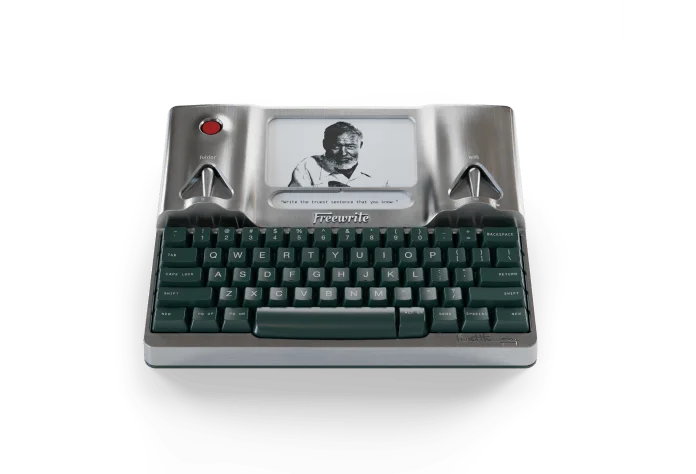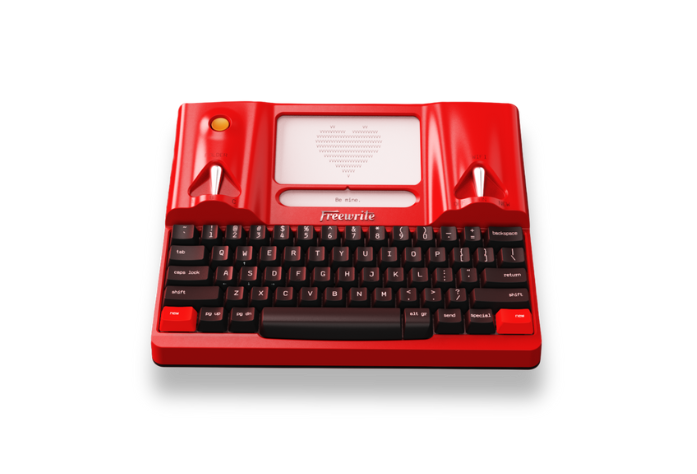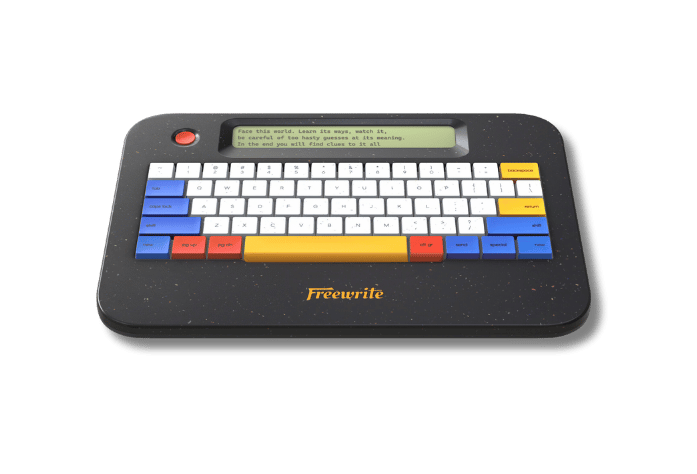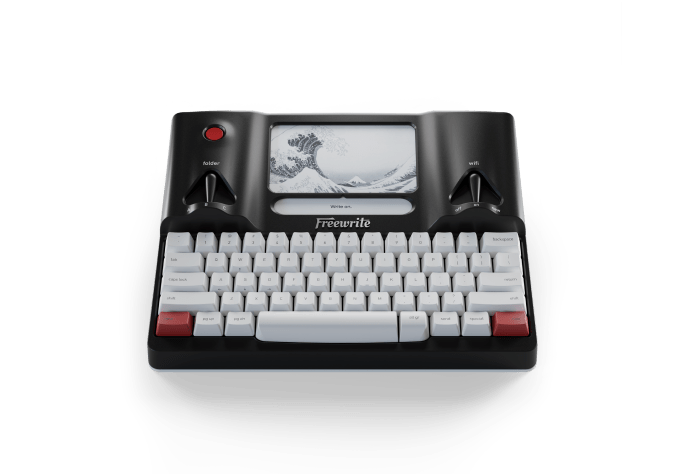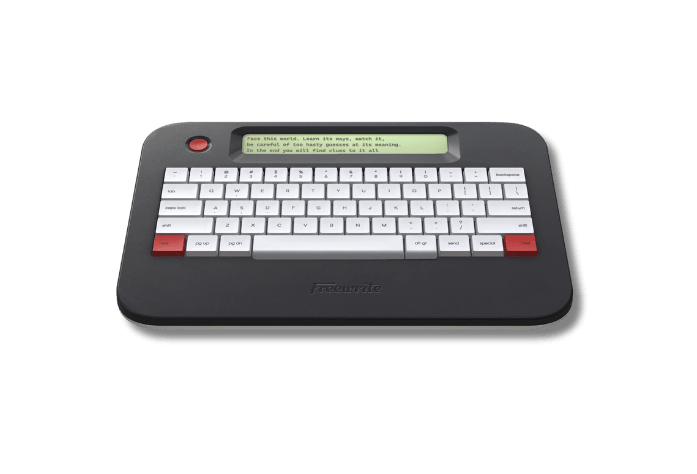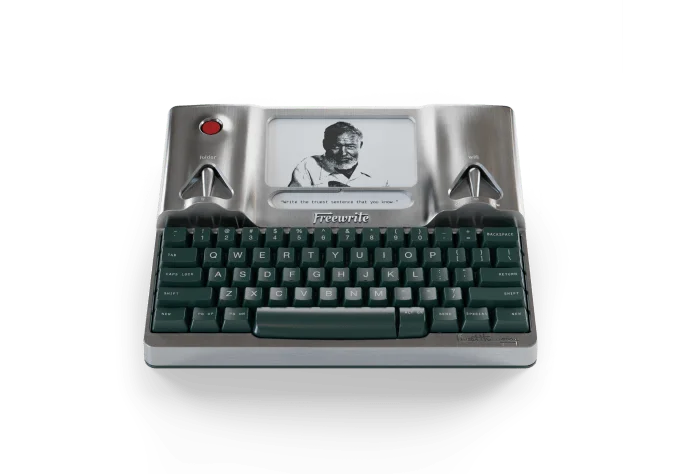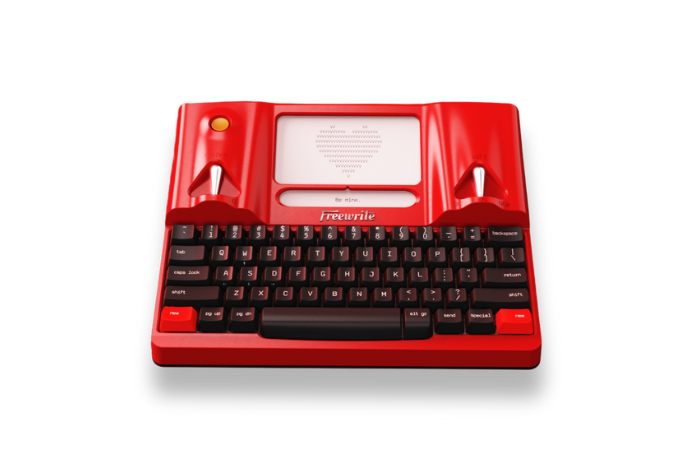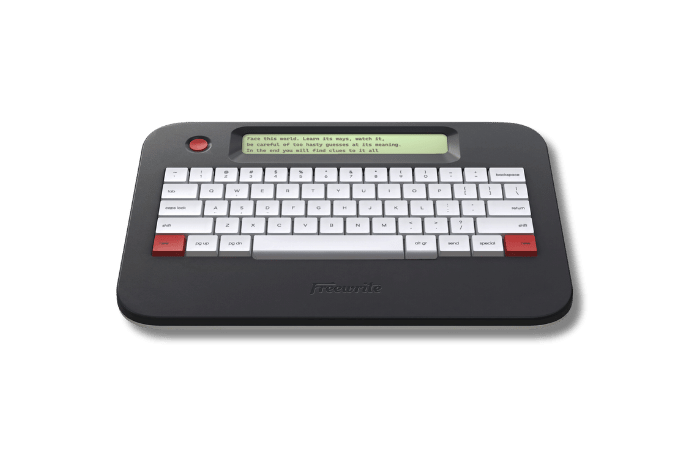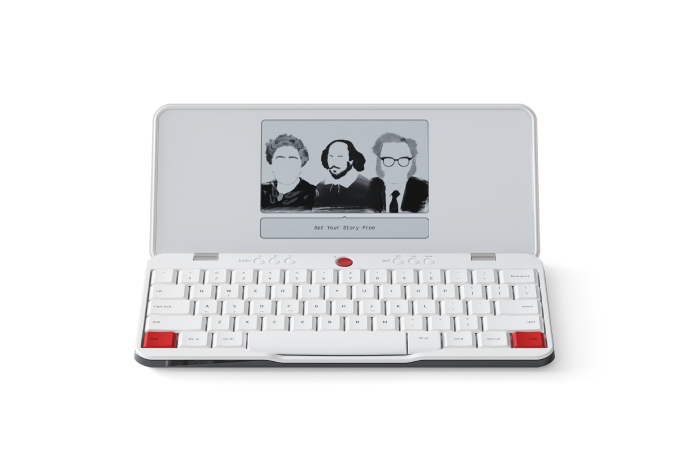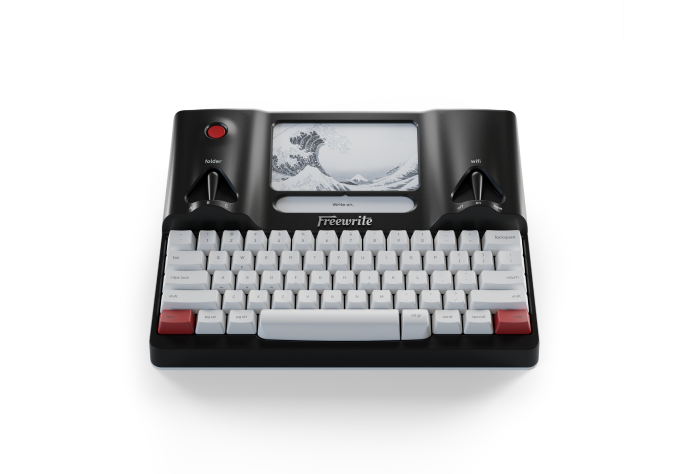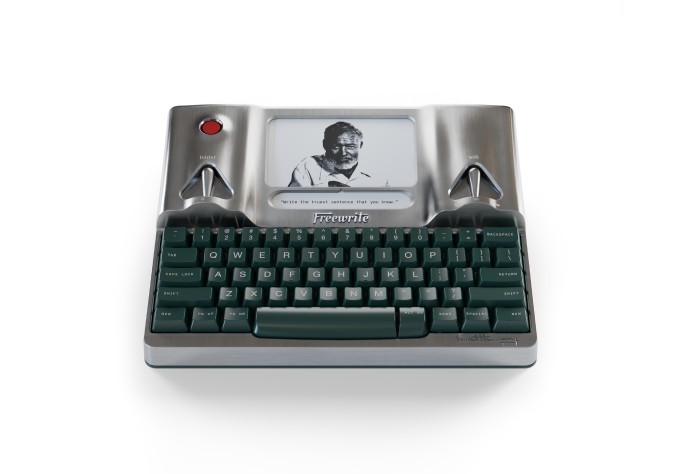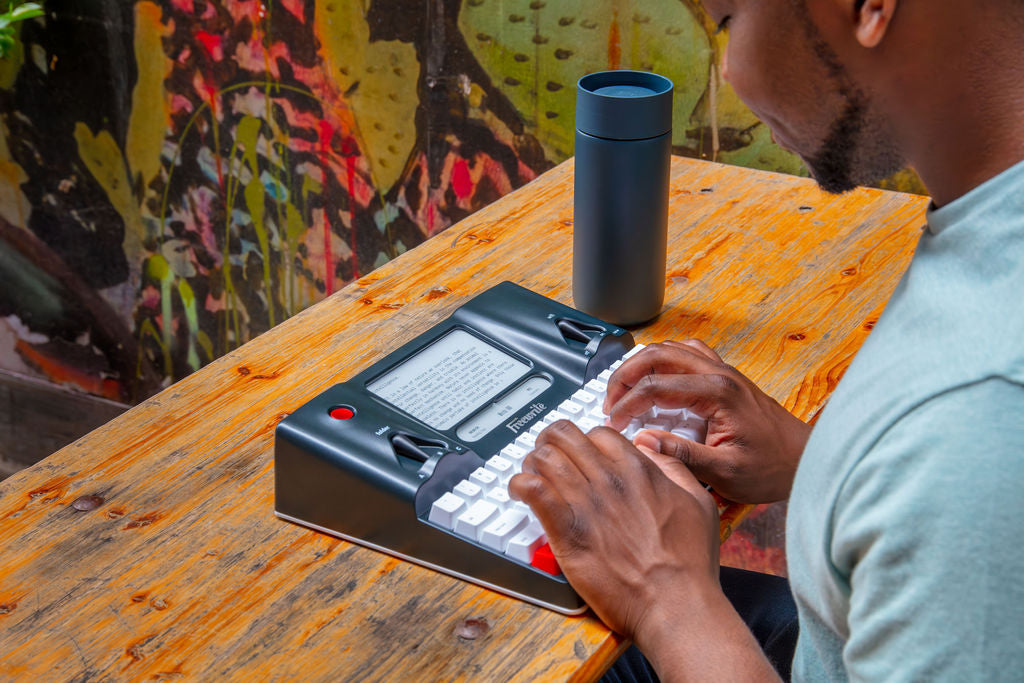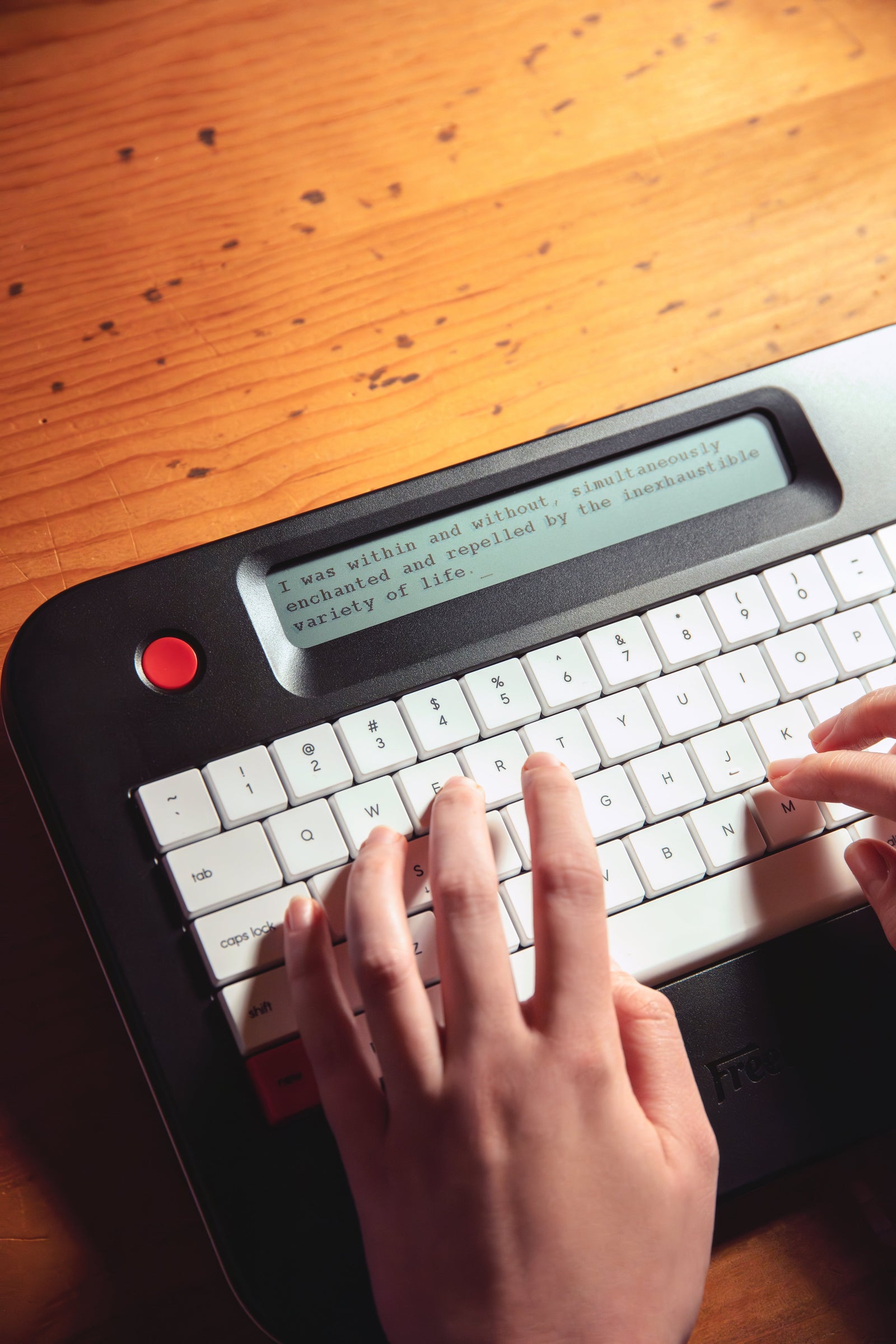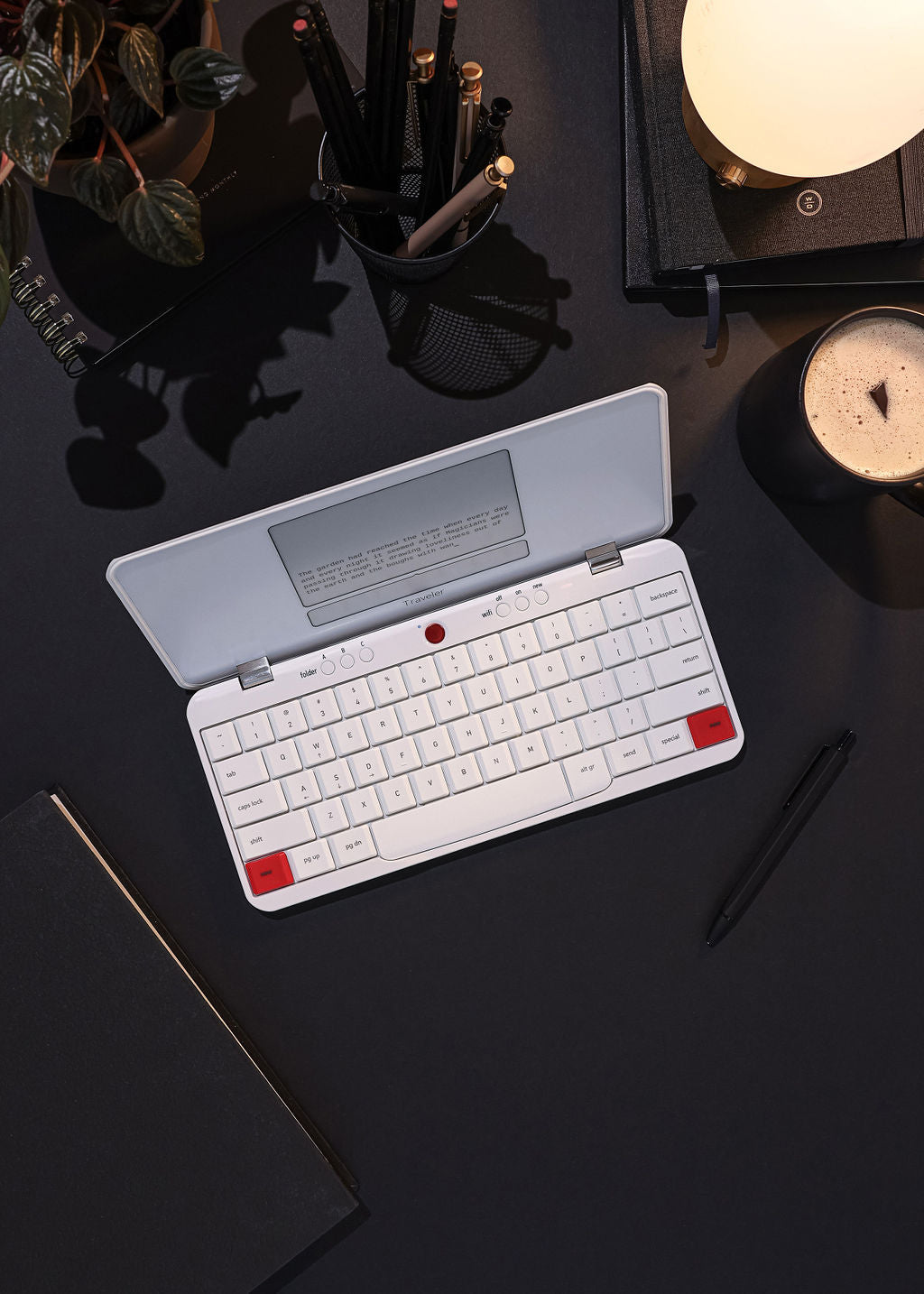With smartphones, gaming consoles, and laptops being a big part of everyday life, it's no wonder that screen time for teenagers is a hot topic. But how much is too much? If you’re a parent, teen, or just curious about screen habits, it’s important to find a balance. In this article, we’ll dive into how much screen time might be healthy for a 16-year-old, and why it matters for their overall well-being.
The Negative Side of Screen Time
The American Academy of Pediatrics (AAP) recommends that children aged 6 years and older, including 16-year-olds, should have consistent limits on screen time to ensure adequate sleep, physical activity, and other healthy behaviors. While the AAP does not specify an exact number of hours for recreational screen time, they emphasize the importance of balancing screen use with other activities that promote well-being. Parents are encouraged to establish family media plans that align with their values and goals, setting appropriate boundaries for their children's screen use. Using screens for educational purposes or staying connected with friends and family might not carry the same risks as mindless scrolling or playing games for hours.
Excessive screen time can lead to a number of negative effects, particularly for teenagers. Prolonged exposure to screens can disrupt sleep patterns, leading to difficulty falling asleep or poor-quality rest. This happens because the blue light emitted from devices interferes with the production of melatonin, a hormone that regulates sleep. Additionally, too much screen time can contribute to eye strain, headaches, and even long-term vision issues. On top of that, excessive screen use can impact a teen’s mental health, leading to increased feelings of anxiety, depression, and social isolation. Lastly, too much screen time can also interfere with physical activity, which may increase the risk of obesity and other health problems.
Helping Teens Stay Focused on Their Writing
In today's world, where distractions are just a click away, finding tools that help teens focus on their academic work is crucial. Devices like smartphones and laptops, while useful for school, often lead to procrastination as students get distracted by games, social media, or videos. A great alternative is ourFreewrite device, designed specifically for writing. This tool eliminates distractions by providing a simple, focused platform for teens to write essays, notes, and other assignments without the temptation of apps or notifications.
The Freewrite device is perfect for helping teens stay on track with their schoolwork. It offers a digital writing experience without the overwhelming distractions that come with laptops and smartphones. By using Freewrite, teens can develop better focus, finish their assignments more efficiently, and improve their overall productivity. This dedicated writing tool ensures that they aren't sidetracked by the lure of video games or endless scrolling, allowing them to concentrate solely on their writing and learning. It’s a simple yet effective way for parents to encourage healthy screen time habits while still supporting academic success.

1. Smart Typewriter
The Smart Typewriter is a dedicated drafting device designed to help writers focus and stay productive without the distractions of modern digital devices. Featuring the latest E Ink panel with a frontlight, this device offers an easy-on-the-eyes experience that works in any light, from bright outdoor conditions to late-night writing. Its aluminum body with a handle weighs 4 pounds, making it less portable but sturdy. Its full-size mechanical keyboard, equipped with Kailh Box Brown switches and durable PBT keycaps, ensures a smooth and enjoyable typing experience. This distraction-free tool syncs your drafts to the cloud, allowing easy access and editing across devices, while its long-lasting battery ensures uninterrupted writing sessions.
Key Advantages:
-
The display is easy to read in all lighting conditions
-
The keyboard is durable and provides a smooth typing experience
-
There are no distractions, allowing full focus on writing
-
Documents are automatically saved to the cloud for easy access

2. Traveler
The Traveler is a lightweight and portable drafting device designed for writers who want to work without distractions. Its glare-free E Ink screen excels in sunlight but requires external light for nighttime use. The full-size scissor-switch keyboard ensures a comfortable typing experience, making it perfect for long writing sessions. The device syncs automatically with the cloud for easy access to your drafts and seamlessly integrates with various cloud services like Google Drive and Dropbox. Its long-lasting battery ensures you can write for extended periods without worrying about charging.
Key Advantages:
-
The device is light and portable, weighing only 1.6 lbs, making it easy to take anywhere
-
The E Ink display provides a glare-free and eye-friendly reading experience
-
The keyboard is designed for smooth and comfortable typing
-
It has an efficient battery life, lasting for weeks with regular use

3. Alpha Raven Black with Backlight
The Alpha Raven Black with Backlight is a compact and ultra-portable writing device designed for writers who need a distraction-free tool to capture their creativity. Its anti-glare LCD screen with adjustable warm backlight displays a few lines to minimize distractions. The device’s full-size mechanical keyboard with Kailh Choc V2 low-profile key switches provides a smooth and quiet typing experience. With its 100-hour battery life, the Alpha is perfect for long writing sessions without worrying about charging. The device also automatically saves your work and syncs it to the cloud for secure access across multiple devices.
Key Advantages:
-
Weighs just 1.6 lbs, making it highly portable
-
Simple screen with 2-4 lines of text to help reduce distractions
-
The keyboard provides a quiet, satisfying typing experience
-
The device saves your work continuously and syncs automatically to the cloud

4. Hemingwrite Signature Edition
The Hemingwrite Signature Edition, or "Hemingwrite," is a premium writing device that celebrates the legacy of Ernest Hemingway. Designed in collaboration with the Hemingway estate, this special edition features a raw aluminum chassis with green keycaps, which develops a unique patina over time, making each device a one-of-a-kind collector's item. The Hemingwrite combines all the features of the Smart Typewriter with a sophisticated design, perfect for writers seeking an elegant, distraction-free drafting tool. It includes a custom cognac leather case for safe and stylish transport. With automatic cloud syncing, long-lasting battery life, and a luxurious leather case, the Hemingwrite ensures that you can write wherever inspiration strikes.
Key Advantages:
-
The device is designed with a raw aluminum surface that develops a unique patina, making each one special
-
Its E Ink screen offers clear visibility but requires external light for nighttime use.
-
It supports multiple languages and alternative keyboard layouts, including QWERTZ, AZERTY, DVORAK, and more
-
It features an elegant, minimalist design with a focus on writing, free from distractions

5. Alpha Cosmic Edition
The Alpha Cosmic Edition is a writing device designed to keep you focused on your creative flow, free from distractions. Its unique terrazzo-speckled black body with colorful accents evokes the vastness of space, while its warm backlight allows you to write day or night. The device is lightweight, weighing just 1.6 lbs, and includes an exclusive felt sleeve with leather trim for added protection and style. The anti-glare FSTN LCD screen provides a clear, crisp display, with a 2-4 line text window that keeps you focused on your writing. With a 100-hour battery life, automatic cloud syncing, and support for multiple languages and keyboard layouts, the Alpha Cosmic Edition is perfect for writers who need a reliable, portable, and beautiful tool to capture their thoughts.
Key Advantages:
-
The device weighs only 1.6 lbs, making it ultra-portable and easy to carry
-
The backlight has five adjustable brightness levels, allowing you to write in any lighting condition
-
The device comes with a premium felt sleeve with leather trim for stylish protection
-
It supports over 30 languages and more than 60 alternative keyboard layouts, making it versatile for international writers.

6. Smart Typewriter Valentine
The Smart Typewriter Valentine is a stunning fusion of 1969 Italian design and modern writing technology. Bold and unapologetic, this special edition is a statement piece that transforms the act of writing into an adventure. With its sleek aluminum body, and mechanical keyboard with tactile switches Valentine ensures a distraction-free, focused writing experience. It comes with a premium, water-resistant carrying case and stylish branded strap, offering both protection and portability. Whether you’re writing at a café or on the go, Valentine is designed to inspire creativity while keeping your work secure with automatic cloud syncing.
Key Advantages:
-
The device features a sleek aluminum body, combining style and durability
-
Its E Ink screen reduces eye strain but requires external light for nighttime use
-
The mechanical keyboard with box brown tactile switches offers satisfying feedback for smooth, efficient writing
-
Includes water-resistant carrying case and stylish branded strap
Conclusion
In the end, finding the right balance of screen time for a 16-year-old can be tricky. It's not just about the numbers, it's about being mindful of what your teen is doing during that time. Whether it’s using devices for schoolwork or unwinding with some entertainment, it's important to encourage healthy habits and ensure they’re not spending all their time glued to a screen.
One great tool that can help with this balance is a device like Freewrite. It’s designed specifically for writing and helps your teen stay focused without the distractions of social media, games, or videos. With a simple, distraction-free interface, Freewrite encourages writing, learning, and productivity, perfect for schoolwork, journaling, or creative writing. Plus, it’s a great way for them to spend less time on devices that can pull their attention away from important tasks.
Ultimately, screen time isn't something that has to be a battle. By providing tools that promote healthy habits, setting boundaries, and encouraging balance, you'll help your teen find the right screen time routine for their needs.
Frequently Asked Questions
Why is screen time limited for teenagers?
Excessive screen time can disrupt sleep, cause eye strain, and negatively impact mental health. Teens may also become more sedentary, which can contribute to health issues like obesity. Limiting screen time helps encourage healthier habits and improves overall well-being.
Can screen time be used for educational purposes?
Yes! Educational screen time, like using tablets or computers for learning apps, research, or online classes, is valuable and doesn’t count towards recreational screen time. It’s essential to encourage educational use of technology while balancing it with non-screen activities.
What can parents do if their teen struggles with limiting screen time?
Start by setting clear and realistic boundaries around screen use. Encourage regular breaks, outdoor activities, and sleep routines. Using tools like Freewrite for focused tasks can also help your teen stay productive and engaged in a healthy way.
How can I encourage my teen to engage in other activities instead of spending all day on screens?
Encourage your teen to explore hobbies that don’t involve screens, like sports, reading, drawing, or spending time outdoors. You can also suggest family activities or social events that encourage face-to-face interactions. The goal is to show them that there are fun and rewarding activities beyond screens.
What are some signs that my teen is spending too much time on screens?
If your teen is becoming more irritable, anxious, or withdrawn when not using screens, it could be a sign they are spending too much time on them. Other signs include poor sleep patterns, difficulty focusing on tasks, or a lack of interest in other activities. Keeping an eye out for these behaviors can help you gauge whether screen time is becoming a problem.



